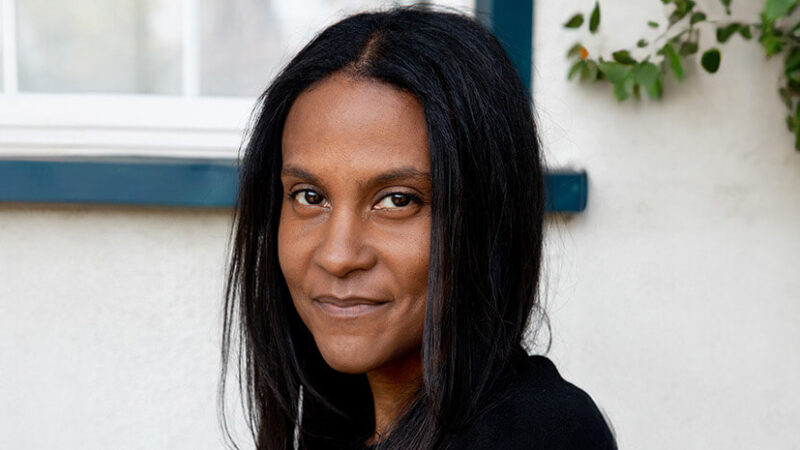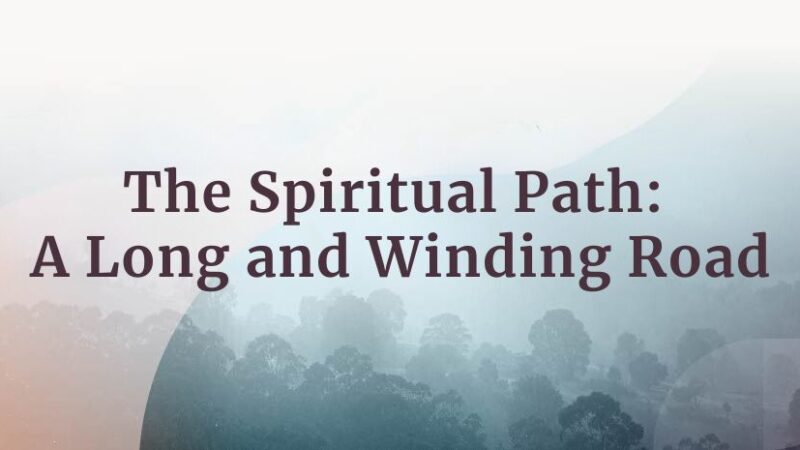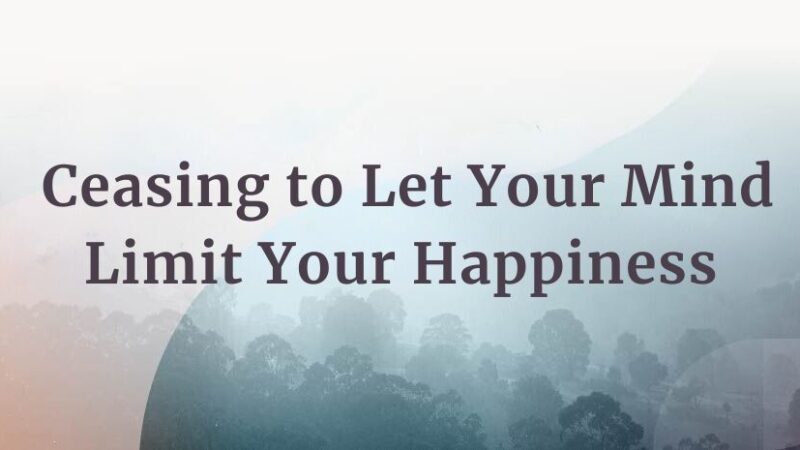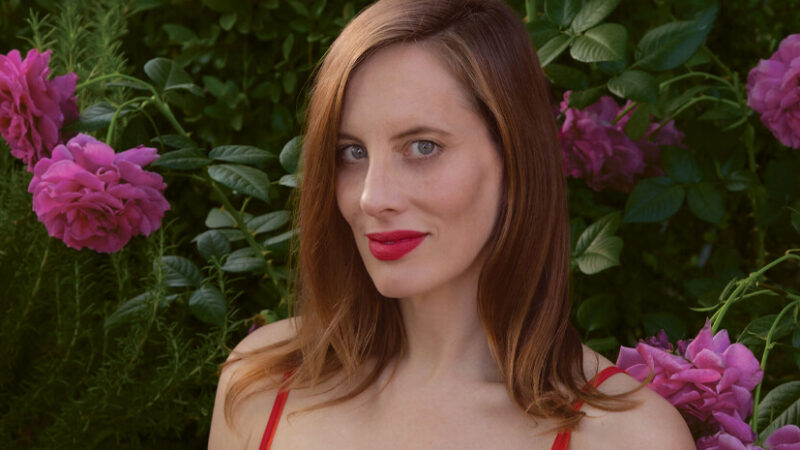-
E117: The Real Work: Letting Go from Within
Michael Singer — October 2, 2025
True spirituality isn’t about mystical experiences or lofty ideals—it’s about honestly facing...
-
Once More: Reflections on Reincarnation and the Gap Between Lives
Tami Simon — September 26, 2025
In this special reflection episode of Insights at the Edge host Tami Simon looks back on her...
-
Honey Tasting Meditation: Build Your Relationship with Sweetness
There is a saying that goes “hurt people hurt people.” I believe this to be true. We have been...
Written by:
Amy Burtaine, Michelle Cassandra Johnson
-
Many Voices, One Journey
The Sounds True Blog
Insights, reflections, and practices from Sounds True teachers, authors, staff, and more. Have a look—to find some inspiration and wisdom for uplifting your day.
Standing Together, and Stepping Up
Written By:
Tami Simon -
The Michael Singer Podcast
Your Highest Intention: Self-Realization
Michael Singer discusses intention—"perhaps the deepest thing we can talk about"—and the path to self-realization.
This Week:
E116: Doing the Best You Can: The Path to Liberation -
Many Voices, One Journey
The Sounds True Blog
Insights, reflections, and practices from Sounds True teachers, authors, staff, and more. Have a look—to find some inspiration and wisdom for uplifting your day.
Take Your Inner Child on Playdates
Written By:
Megan Sherer
600 Podcasts and Counting...
Subscribe to Insights at the Edge to hear all of Tami's interviews (transcripts available, too!), featuring Eckhart Tolle, Caroline Myss, Tara Brach, Jack Kornfield, Adyashanti, and many more.
Most Recent
Dené Logan: Sovereign Love: The Evolution of Intimate...
Sharing your life with another person is often as challenging as it is rewarding. And while many therapists say they’d choose any specialty over working with couples, Dené Logan says, “I’ll take them all!” In her private practice, Dené supports clients in rebalancing the feminine and masculine energetics of intimacy as the key to a thriving partnership.
Here, she speaks with Tami Simon about her new book with Sounds True, Sovereign Love, and the evolution of a new paradigm for relationship success, discussing: how intimate relationships can support us in the process of individuation; the impacts of centuries of patriarchy; reintegrating feminine wisdom; the “ownership template” and the sense of entitlement inherent in patriarchal relationship structures; the erroneous belief that we need someone outside of ourselves to be whole; eros and the restoration of vitality; why monogamy and the traditional nuclear family do not work for everyone; the wounded masculine paradigm; shifting energy dynamics with the “diagonal move”; relationships as divine assignments; re-parenting ourselves (not our partners); bringing “I’ve got you” energy into your partnership; the hunger to explore the “soul space”; Dené’s definition of sovereign love; and more.
Note: This episode originally aired on Sounds True One, where these special episodes of Insights at the Edge are available to watch live on video and with exclusive access to Q&As with our guests. Learn more at join.soundstrue.com.
E6: The Spiritual Path: A Long and Winding Road
The spiritual path is not solely about positive experiences like love and light. It involves confronting and overcoming internal blockages formed from past experiences we’ve resisted or suppressed. True spirituality involves continuously working through these obstacles, which leads to a beautiful inner state.
For more information, go to michaelsingerpodcast.com.
© Sounds True Inc. Episodes: © 2024 Michael A. Singer. All Rights Reserved.
E5: Ceasing to Let Your Mind Limit Your Happiness
“In a split second,” teaches Michael Singer, “your mind can make you miserable or ecstatic. All it takes is a thought.” Our hopes, dreams, opinions, and preferences—all of these are constructs that we’ve made up. And they pit us against reality, limiting our contentment and joy. So what can we do about it? In this episode, Michael answers that question.
For more information, go to michaelsingerpodcast.com.
© Sounds True Inc. Episodes: © 2024 Michael A. Singer. All Rights Reserved.
Customer Favorites
Liz Goldwyn: Sex, Health, and Consciousness
Our sexuality is an integral part of who we are, yet our understanding of sex has been warped by everything from age-old taboos and religious dogma to a popular culture that views sexuality as transactional. In this “edgier” episode of Insights at the Edge, Tami Simon speaks with Liz Goldwyn about her new book, Sex, Health, and Consciousness, and how we can each reclaim our birthright of pleasure and joy.
Tune in as they discuss why it’s never too late to experience better sex and more pleasure; the metaphor of the Japanese philosophy of wabi-sabi; a much-needed new vision of sex ed; inquiring into your beliefs about sexuality; how your individual relationship to sexuality is as unique as your fingerprint; bringing discipline, mindfulness, and practice to your sex life; creating a safe and healthy ethos around sex; the concept of aftercare; how bondage can become a healing tool; using sex to fill a void in your life; developing porn literacy; Orgasm Breathing—and a guided practice of its first stage; harnessing our sexual energy; and how the integration of sex, health, and consciousness is critical at this time in our collective lives.
Ruth King: Mindful of Race
Ruth King is an Insight Meditation teacher, life coach, diversity consultant, and the author of Healing Rage: Women Making Inner Peace Possible. She is publishing her new book, Mindful of Race: Transforming Racism from the Inside Out, in collaboration with Sounds True. In this episode of Insights at the Edge, Tami Simon speaks with Ruth about the personal experiences that led to writing Mindful of Race and why the heart can be “a mass weapon of healing.” They talk about the different ways we can interpret current racial narratives and why it takes honest self-examination to discover how one has benefited from a racist system. Ruth explains how mindfulness can open us up to having difficult conversations around racism, colonialism, and other forms of systemic oppression. Finally, Tami and Ruth discuss how “life is not personal, permanent, or perfect” and the necessity of cultivating compassion in all walks of life. (74 minutes)
Caroline Myss: The Shadow Course, Part 2
Caroline Myss is a bestselling author, medical intuitive, and leading voice in the fields of energy medicine, human potential, and spiritual exploration. Together with author Andrew Harvey, Caroline has partnered with Sounds True to create The Shadow Course: An Eight-Week Journey to Know Yourself and Bring Light to the World. In this episode of Insights at the Edge, Tami Simon speaks with Caroline about this upcoming online course and how it guides participants in a deep exploration of the aspects of themselves that they have disowned or denied. They discuss the ways that Shadow issues such as greed, entitlement, envy, and self-absorption show up in everyday life and can even manifest as symptoms of physical illness. Finally, Caroline explains how bringing awareness to our personal Shadows is the first step in initiating deeply needed social changes for our world. (72 minutes)





